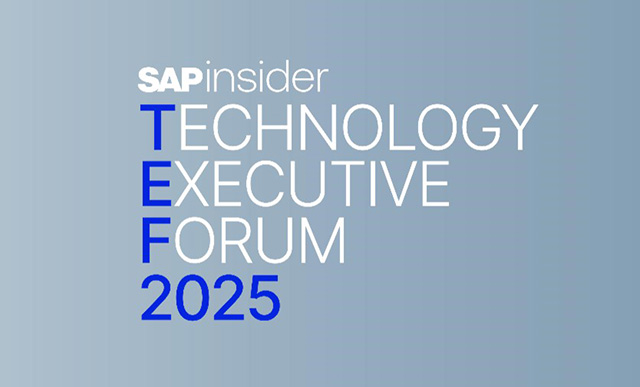Protecting SAP Solutions from Cyber Threats with Onapsis
Meet the Authors
Key Takeaways
A recent research carried out by Onapsis in partnership with Flashpoint reveals a dramatic rise in cyber threats targeting SAP systems.
While ransomware incidents involving compromised SAP systems and data have surged by 400%, posts by the active threat community that incorporate SAP-specific cloud and web services have seen a 220% increase.
Patching systems continues to be a major challenge for many SAP customers as the demand for system availability needs to be balanced with scheduling downtime to apply patches and updates.
Recent SAPinsider research highlights that protecting sensitive data in SAP systems is a major concern for SAP customers. Traditional security efforts focused on managing access, but new research by Onapsis and Flashpoint reveals an increase in cyber threats targeting SAP systems. Ransomware incidents have surged by 400%, and discussions about SAP vulnerabilities on various web platforms have increased by 490% from 2021 to 2023. Patching remains a challenge due to the need to balance system availability with downtime. Onapsis emphasizes the importance of integrating SAP into existing security programs, conducting regular vulnerability assessments, applying security patches promptly, and maintaining continuous security monitoring. Additionally, a secure development lifecycle and robust threat intelligence are essential for protecting SAP applications from evolving threats.






